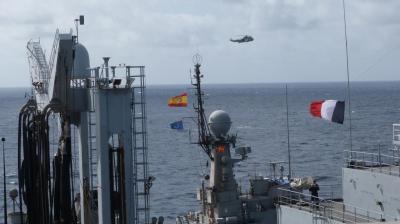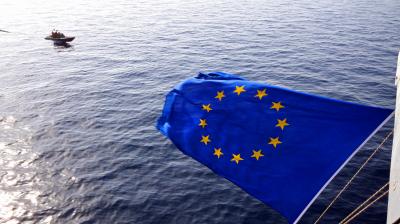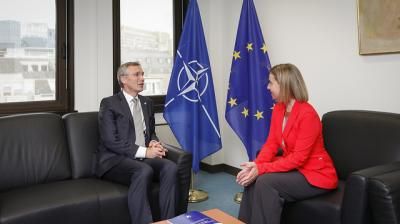EU global strategy: from design to implementation
It took a year to deliver it: the new Global Strategy to guide the European Union through an uncertain and challenging international environment. At the moment of delivery the European Council paid almost no attention to it: Brexit was dominating the agenda at the end of June. Nevertheless, the Global Strategy is important, although the real proof of the pudding will naturally lie in its implementation. In this article, published in AP, Sr. Research Fellow Dick Zandee analyses the new EU's Global Strategy.
A year ago, in the summer of 2015, the EU’s High Representative Federica Mogherini presented her assessment of the new international environment — a more connected, contested and complex world. More connectivity through globalization offers opportunities and potential for economic growth, yet it also favors transnational crime, terrorism and trafficking — she wrote. The world is more contested as fragile states and ungoverned spaces are spreading. Particularly worrying for Europe is the instability in its neighborhood, from the East to the South but also further away in Asia. In an age of geopolitical power shifts and power diffusion the world is also becoming more complex. New players like China are on the rise. Increasingly a network of state, non-state, inter-state and transnational actors marks the diffusion of power. It became crystal clear: the changing environment was asking for a new strategy to replace the outdated 2003 European Security Strategy.
The European Council acknowledged the call by the High Representative and tasked her to deliver an EU Global Strategy on Foreign and Security Policy by June 2016. She did this, but the EU Heads of State and Government had other problems on their minds: the Brexit vote and its consequences. They welcomed Mogherini’s presentation — which took about ten minutes — and invited the High Representative, the European Commission and the member states “to take the work forward”. Not a very inspiring reaction by the Union’s highest political decision-making level. However, the EU Global Strategy (EUGS) is a fact and the emphasis will now shift to its implementation. The questions to be answered in this article are: what are the main elements of the EUGS and which are the next steps to be taken, in particular in the area of security and defense?
The double Global Strategy
From the outset the High Representative made clear that the new strategy would deviate from its predecessor, the European Security Strategy of 2003 (updated in 2008). The so-called ‘Solana Strategy’ had become outdated, not only due to the changes in the security environment but also because it focused primarily on the security and defense aspects of the EU’s external action. Two other major factors made a new update of the 2003(2008) European Security Strategy a non-option.









